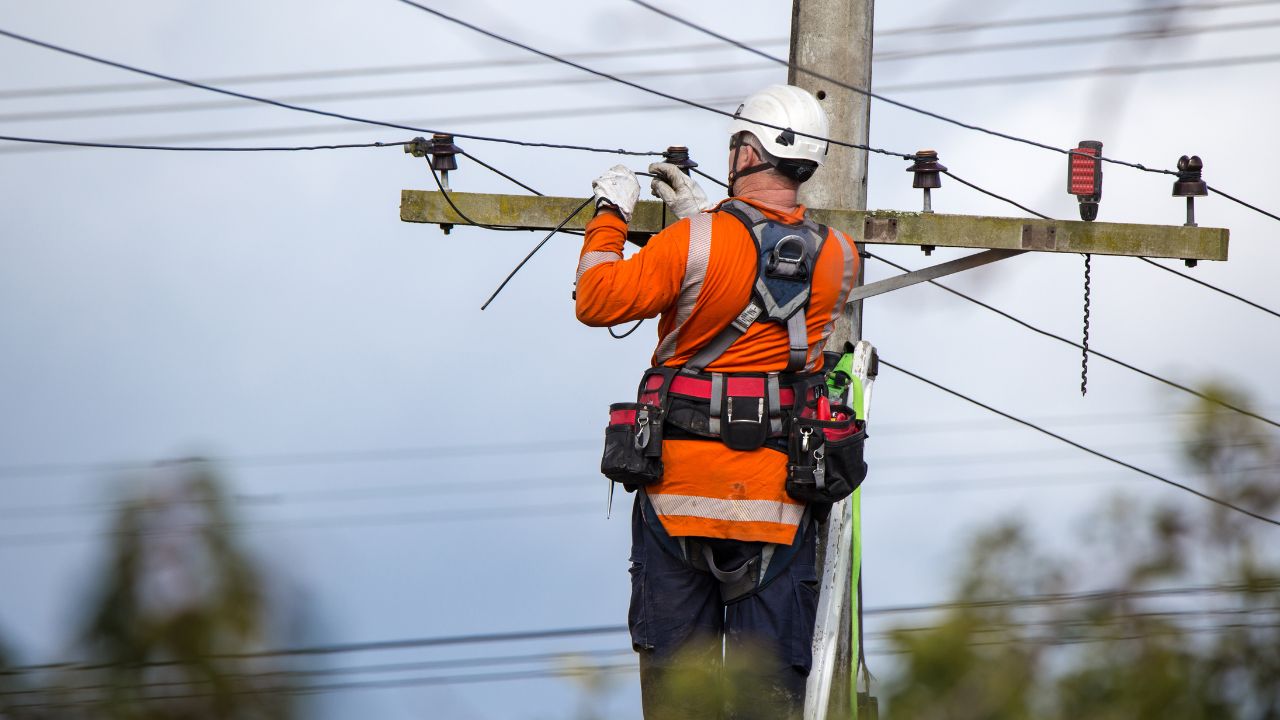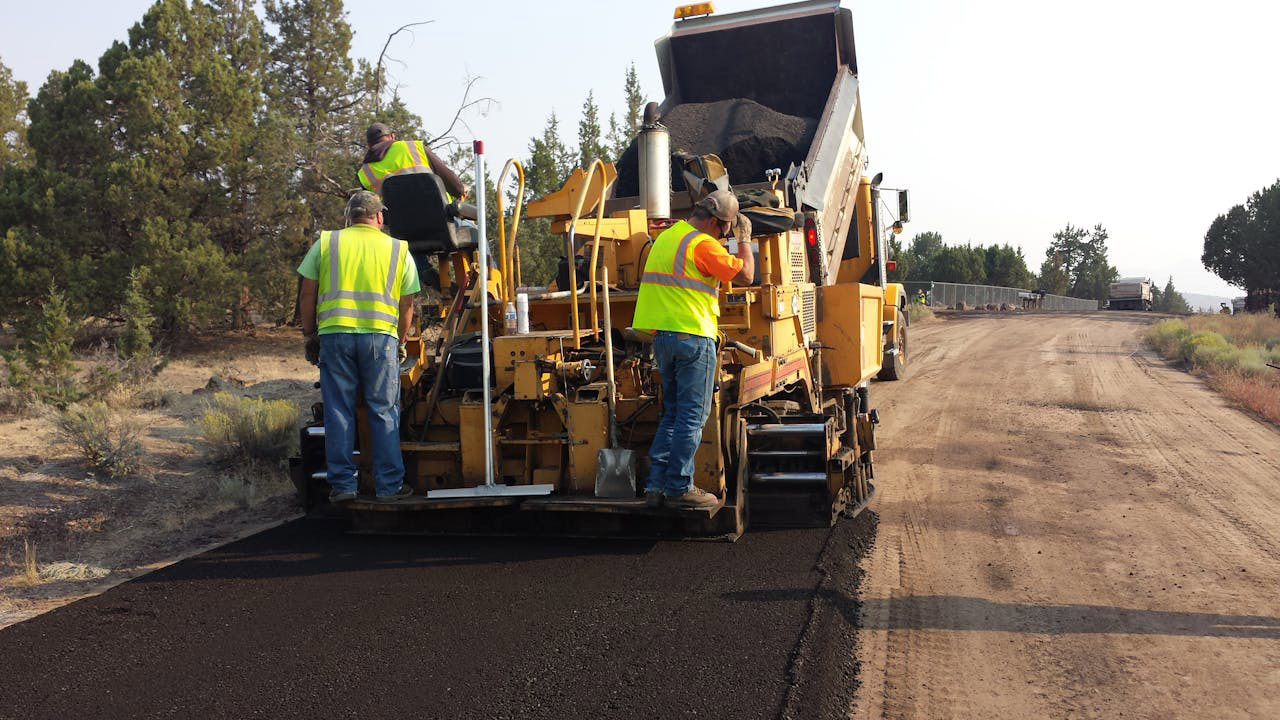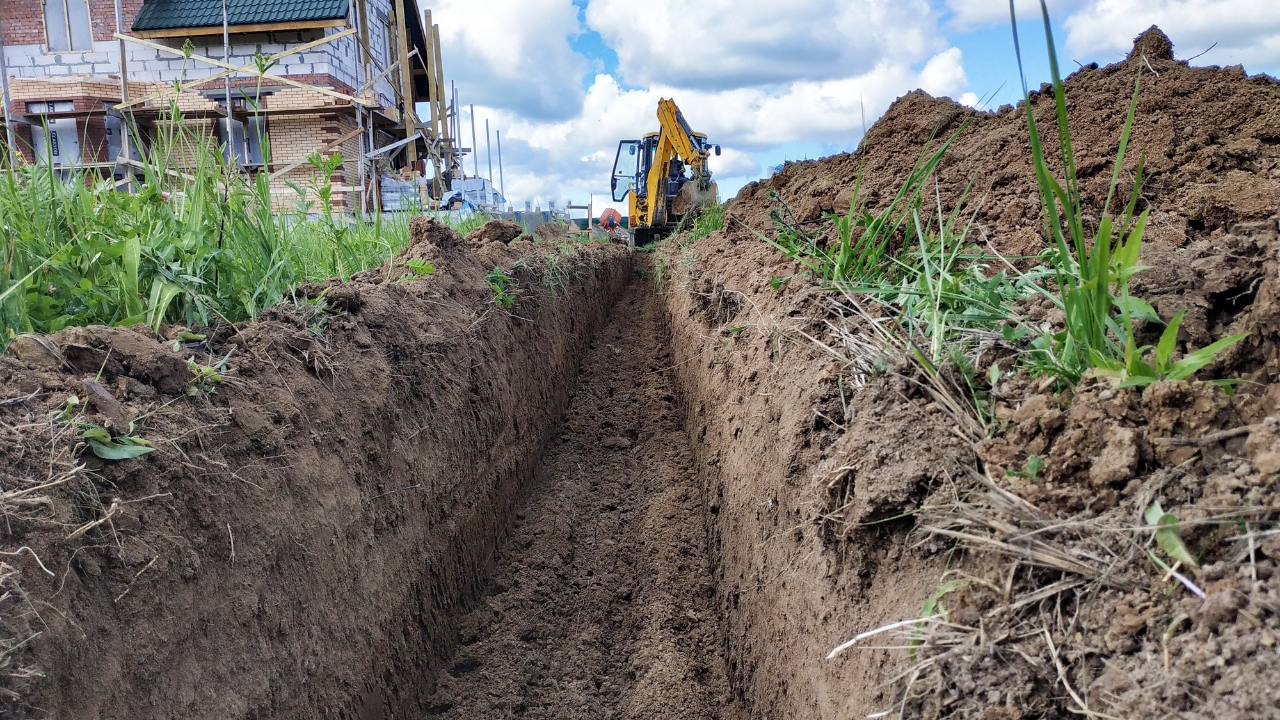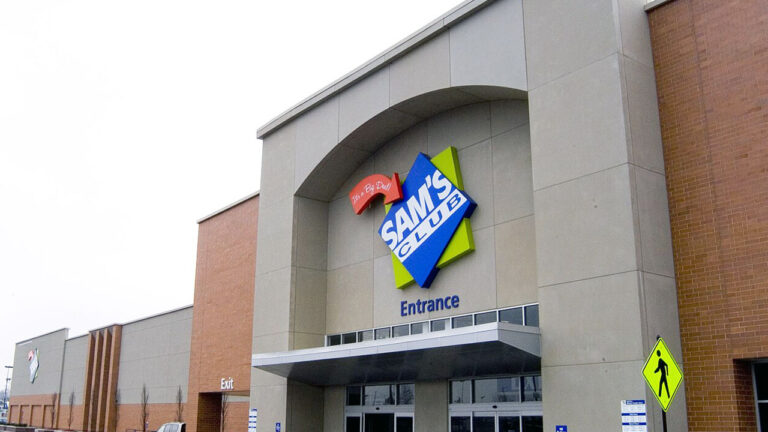8 things that tell me you bought land before you were ready
Owning land sounds like freedom—space to build, grow, and finally slow life down. But anyone who’s actually done it knows it’s not just a peaceful view and a few chickens. It’s work, planning, and money in places you don’t expect.
Some folks jump in because the dream feels right, but reality hits fast. The signs show up early, and they’re easy to spot if you’ve been there before.
You didn’t test the soil before building
One of the first mistakes people make is skipping the soil test. It’s not exciting, but it’s what tells you whether you can build, plant, or install a septic system without spending thousands fixing mistakes later.
If your soil drains poorly or has high clay content, you’ll find out fast when your yard turns into a swamp every time it rains. A basic soil test upfront could’ve saved you money, stress, and a lot of mud.
You didn’t plan for driveway costs
Driveways on raw land are expensive—especially if your property sits far off the road. Gravel, grading, and drainage can easily run into the thousands before you even think about concrete.
If you’re tracking mud into your house every time it rains or parking halfway down the property because the ground’s too soft, that’s a clear sign the driveway wasn’t budgeted for. It’s one of those details that separates dreamers from planners.
You relied on a well without checking the water table
A well can be a blessing—or a nightmare—depending on what’s underground. If you didn’t check depth, flow rate, or local records before buying, you might find yourself hauling water before long.
It’s not just about having a well—it’s about whether it produces enough clean water for your needs. Too many landowners learn this the hard way after spending thousands to drill deeper or add storage tanks.
You didn’t calculate how much maintenance land really takes
Grass doesn’t stay short on its own. Fences break, trees fall, and brush grows faster than you think. If your mower’s always behind or your fence line looks more like a jungle, the upkeep probably caught you off guard.
Land requires steady work year-round. Even a few acres can take hours each week to keep in shape. If you weren’t ready for that kind of commitment, it shows fast.
You didn’t think through utilities

Running power, water, or internet to raw land isn’t like plugging into city service—it’s thousands of dollars in trenching, poles, and hookup fees. And if you didn’t ask about access before buying, you’re likely paying for long lines or dealing with weak service now.
Plenty of folks move out to “get off the grid,” then spend the first year realizing how expensive that freedom can be. Planning those connections ahead of time makes a world of difference.
You skipped checking zoning and easements
If you didn’t read the fine print before signing, you might be surprised by what you can’t do on your own land. Zoning laws, easements, and setbacks can limit building, livestock, or even fencing plans.
Finding out too late that your dream workshop or pond violates county rules is a headache that could’ve been avoided with one conversation at the courthouse. It’s not the fun part of land ownership—but it’s the one that keeps you out of trouble.
You underestimated how long it takes to get established

Most people picture moving onto land and being settled within a few months. In reality, it can take years to get things running the way you want. Roads, gardens, and homes all take time, and nothing happens as fast as you expect.
If you’re feeling frustrated because progress feels slow, that’s normal—but it’s also a sign you went in without a clear timeline or budget. Land ownership rewards patience more than enthusiasm.
You didn’t leave room in your budget for the unexpected
Land comes with surprises—bad weather, broken equipment, or sudden costs for grading and drainage. If your budget went straight into the land purchase without extra for problems, you’re already feeling it.
Buying land is the start of a project, not the finish line. The folks who do it successfully plan for problems before they happen. If you didn’t, it’s not too late—you’ll just have to learn fast, because the land doesn’t wait.
Like Fix It Homestead’s content? Be sure to follow us.
Here’s more from us:
9 small changes that instantly make a house feel high-end
The $60 Target haul that made my house feel way more put together
*This article was developed with AI-powered tools and has been carefully reviewed by our editors.







